Tour de France Femmes gravel stage throws up a tyre choice conundrum for team mechanics
Tubeless, tubular, tubed or tire insert: the much-anticipated gravel stage was a mechanics’ conundrum


Stage 5 of the Tour de France Femmes avec Zwift was arguably the most anticipated stage before the Tour heads into the mountains. After four days of racing, the undulated profile with plenty of sharp, steep climbs alone would put a sting in anyone’s legs. But, adding to the difficulty of the stage were technical, narrow roads on old and rough tarmac as well as four gravel sections. Nearly 13 kilometers were held on the white roads of France’s stunning champagne region, making the day a puzzle for the team mechanics.
The gravel sectors made up a relatively small amount of the race — only 13 kilometers in total —but with the risk of punctures, crashes and straight-up bad luck, equipment places a crucial role.
The tyre needed to survive the rocky gravel yet the bike needed to remain as light and fast as possible for the steep and stinging uphills. The mechanics’ quests therefore was to find the perfect balance between puncture-resistance, comfort and speed.
From standard tubes or tubulars to tubeless or tyre insert set-ups, each team seemed to take their own approach. We roamed the team buses to find out about the various setups and why one might up it.
Tyre options in WorldTour cycling today
Tubed:
The old consumer standard: a clincher tyre with an inner tube. Many teams have moved away from standard butyl tubes, however, and are now using latex or plastic tubes like Tubolito, Pirelli SmarTUBE or Schwalbe Aerothan. These featherweight tubes are said to have a nicer ride feel and better puncture resistance due to their flexibility.
While set up and flat fixes are easy, the downside of tubes are rapid air loss when punctured, risk of pinch flats and the fact that lighter, faster rolling setups are now available.
The latest race content, interviews, features, reviews and expert buying guides, direct to your inbox!
Tubeless:
As the name suggest, a tubeless rim and tyre allow you to attach the tire to the wheels and trap the air in the tire with the use of a sealant instead of a tube.
A commonplace usage across dirt and road setups now, tubeless is praised for its low rolling resistance, ability to run low tire pressures and seal punctures. The downside is that tubeless can be tricky and messy to set up, they can be heavier than tubular tyres, and in rough conditions, the tire could come off the rim when flatted.
Tubeless with inserts:
Rather than trapping just air in the tyres, tyre inserts add an extra level of security to tubeless system by inserting a solid foam pipe inside the tire. It allows you to ride on longer if you puncture, adding an extra level of security when it comes to puncturing.
Tubular:
Lightweight and fast, in a tubular setup, the tyre is glued to the rim. Still a favourite among pro (men) riders for its low weight and low rolling resistance, tubulars also allow riders to continue riding on the them if even after suffering a flattering, thereby offering them a chance to ride to the team car or teammate.
Shopping for tyres? Check out our Buyer's Guide for the best road tires for the 2022 summer.
Tubes or no tubes? Tyre system options at the Tour de France Femmes 'gravel stage'
EF Education - Tibco-SVB - Vittoria Tubulars - 30mm
Any punctures: Yes, several
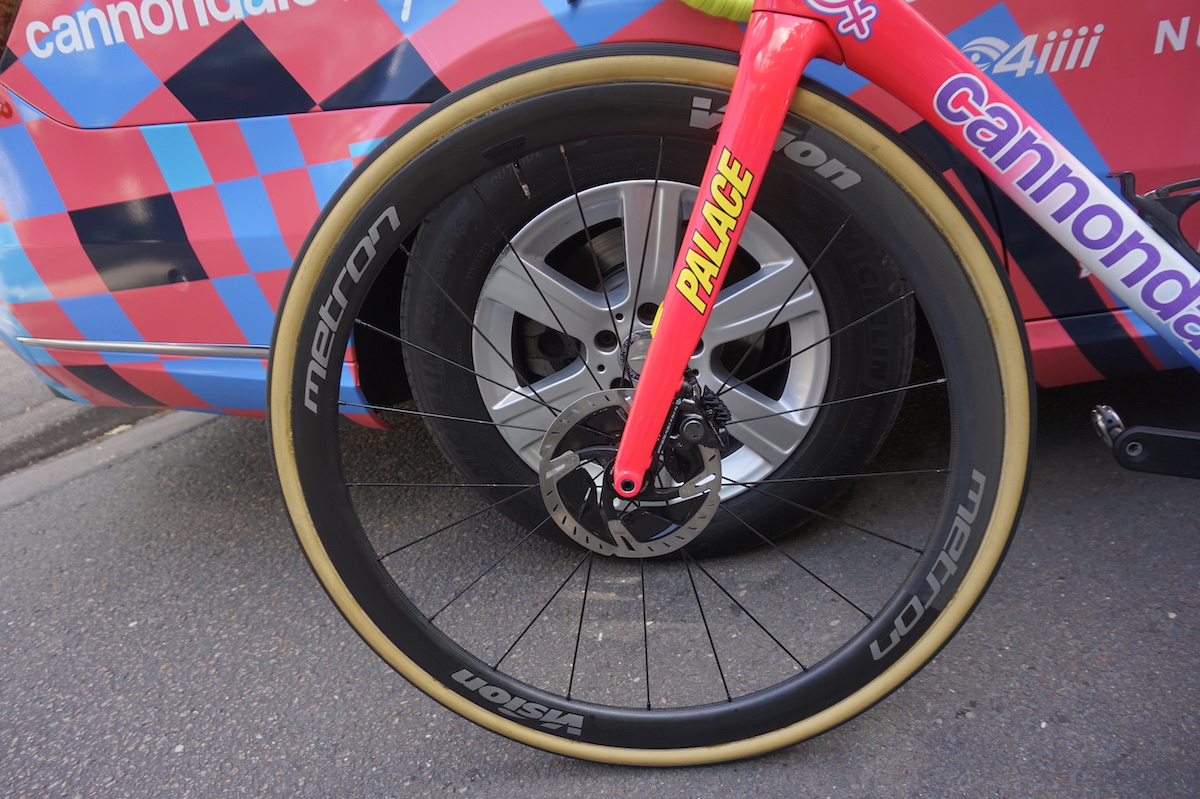
EF-Education-Tibco-SVB) used tubeless 8-mm ties, the same they used at Paris-Roubaiz.
Wahoo Le Col Continental: Grand Prix 5000 Tubeless - 28mm
Any punctures: Yes, including climber Lizzie Holden.
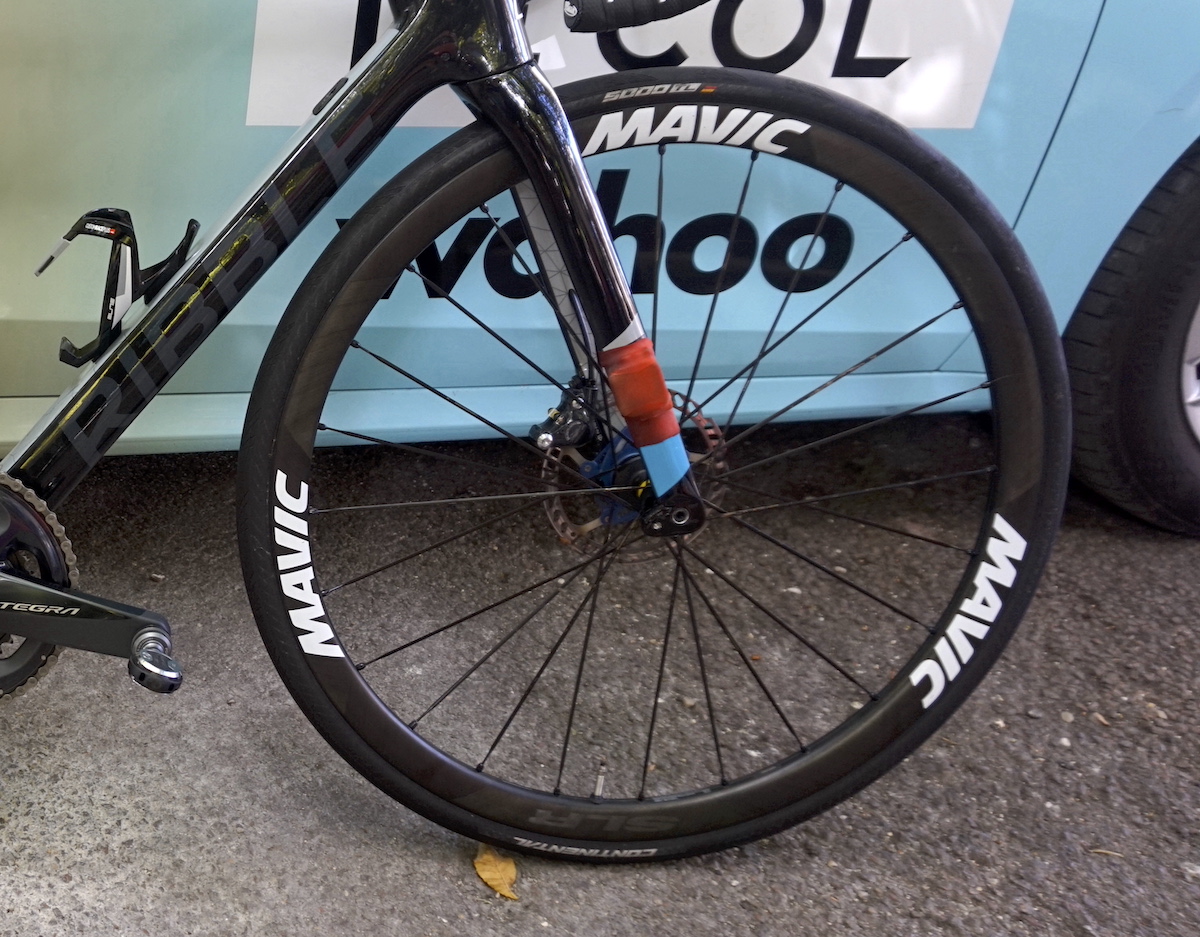
Movistar: Continental Competition Pro LTD tubulars - 28mm
Any punctures: Yes, most notably GC favorite Annemiek van Vleuten
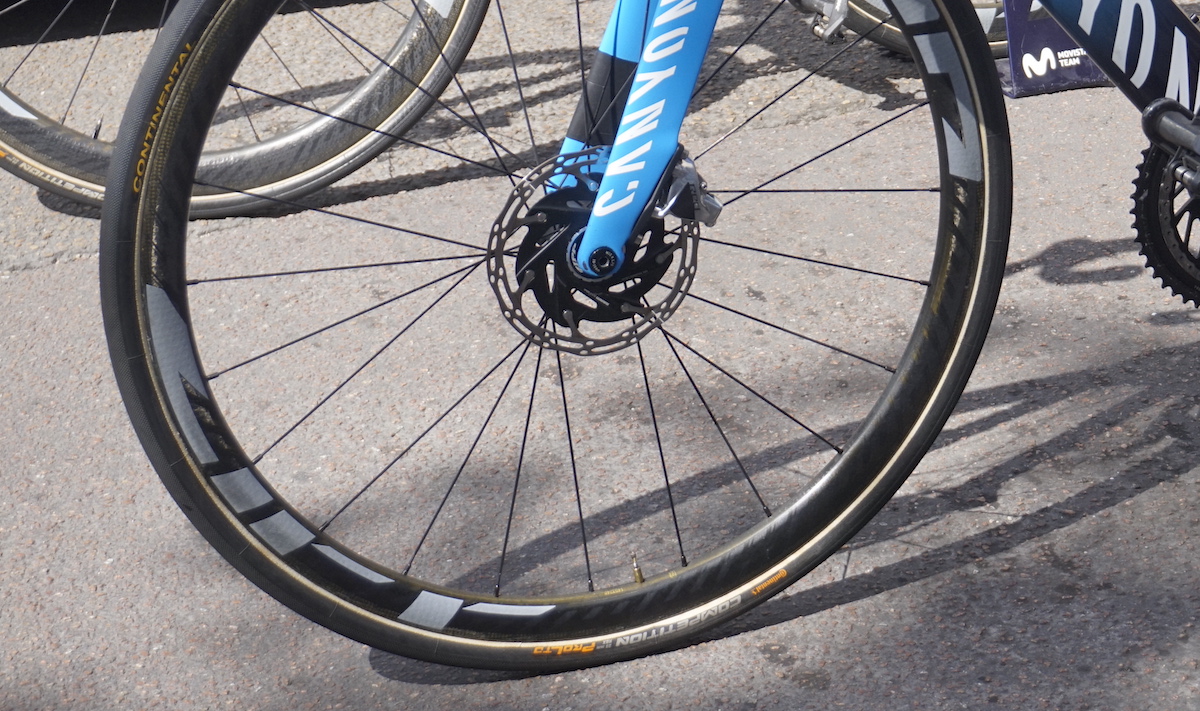
Trek-Segafredo: Pirelli P Zero tubeless - 28mm
Any punctures: Yes, including GC hopeful Elisa Longo-Borghini
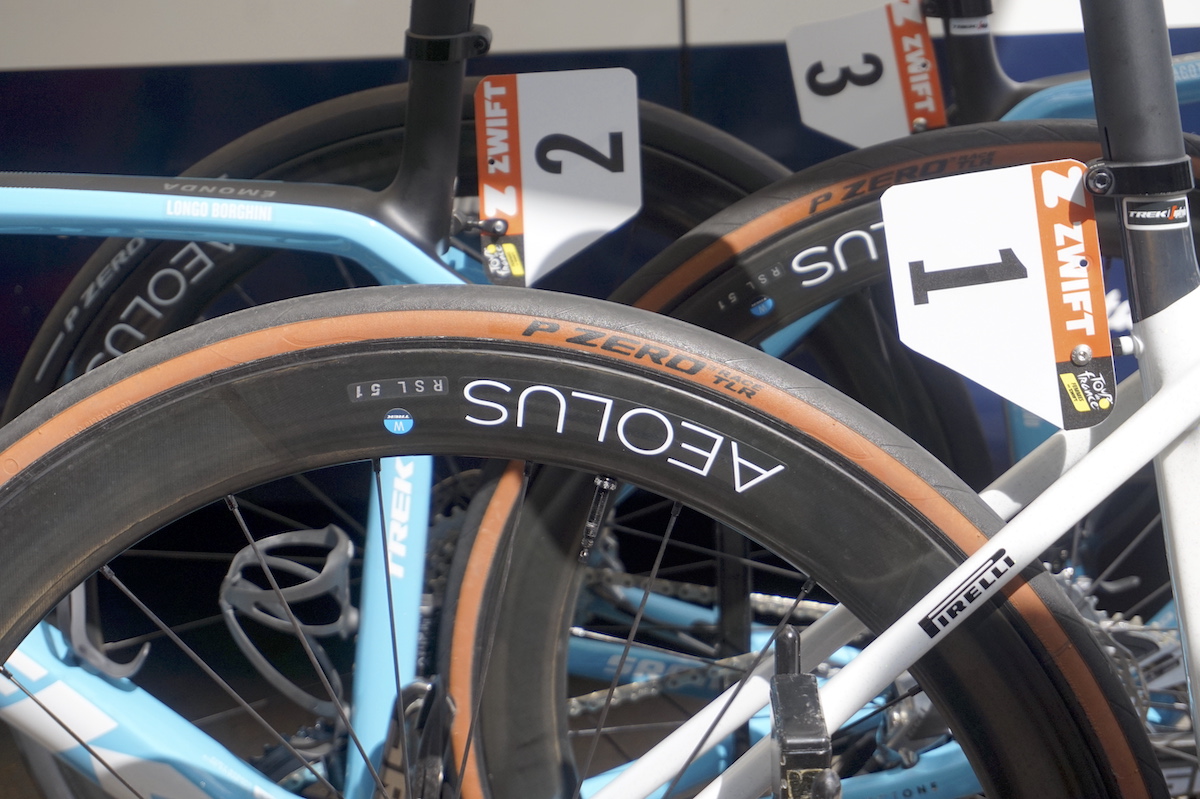
Canyon-SRAM: Schwalbe Pro One Tubeless 30mm
Any punctures: Yes, including GC hopeful Kasie Niewiadoma.
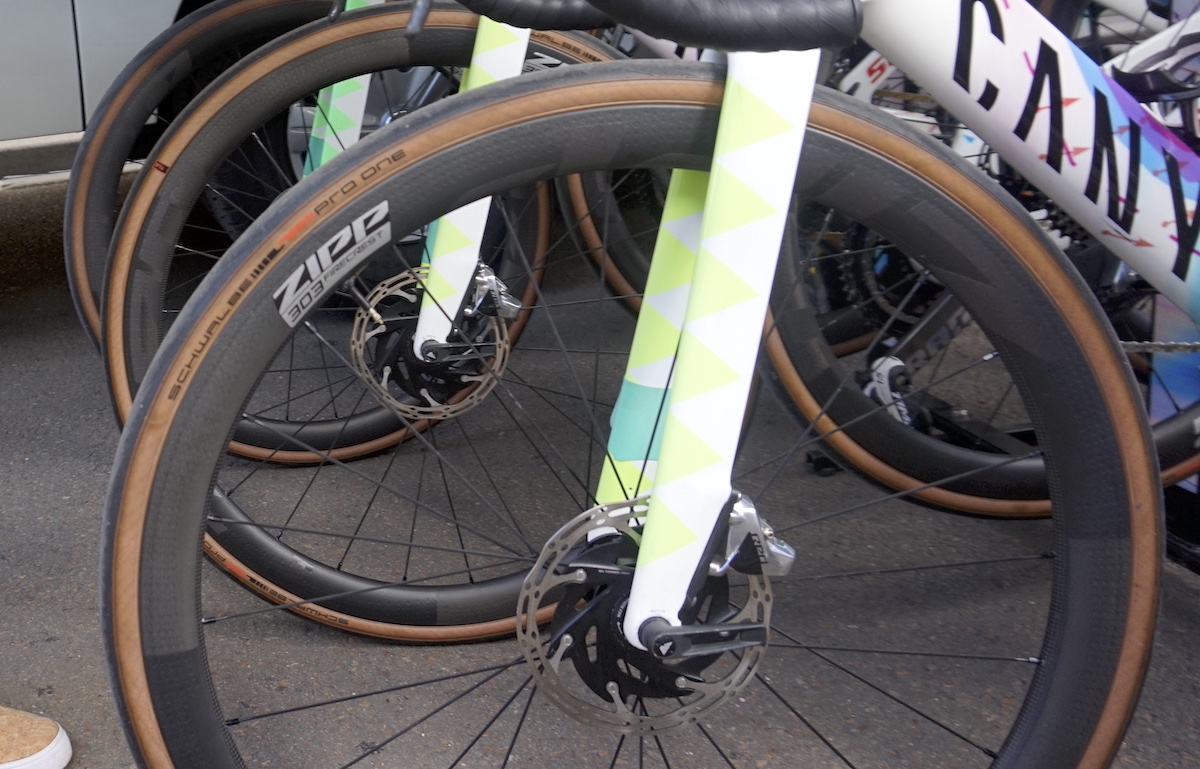
Team DSM: Vittoria 30mm, tubed
Any punctures: Yes, including sprinter Lorena Wiebes.
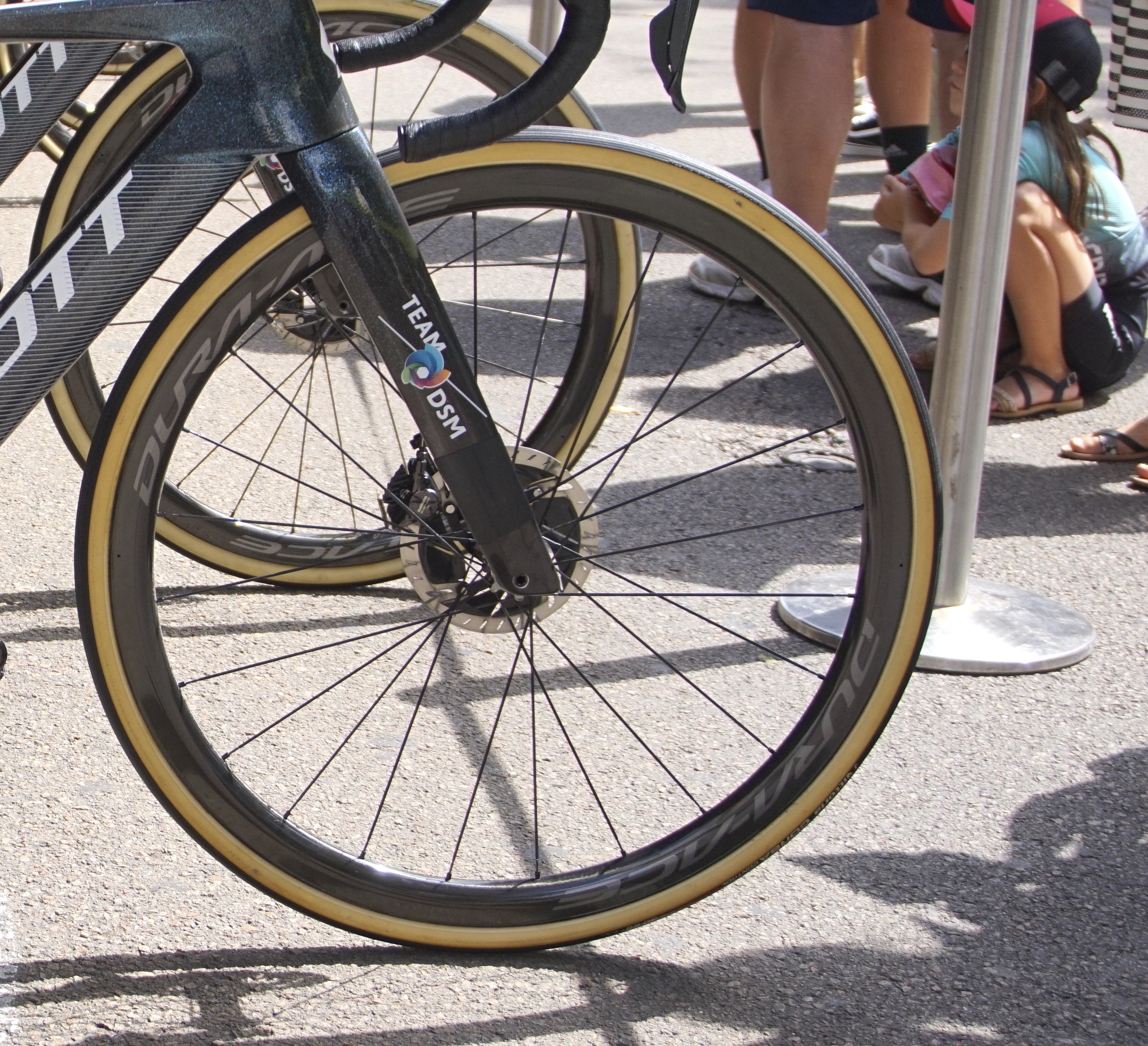
Human Powered-Health: 30mm Goodyear tyres with inserts
Any punctures: Yes

AG Insurance - Nxtg Team: S-Works Turbo 28mm, tubeless
Any punctures: Yes
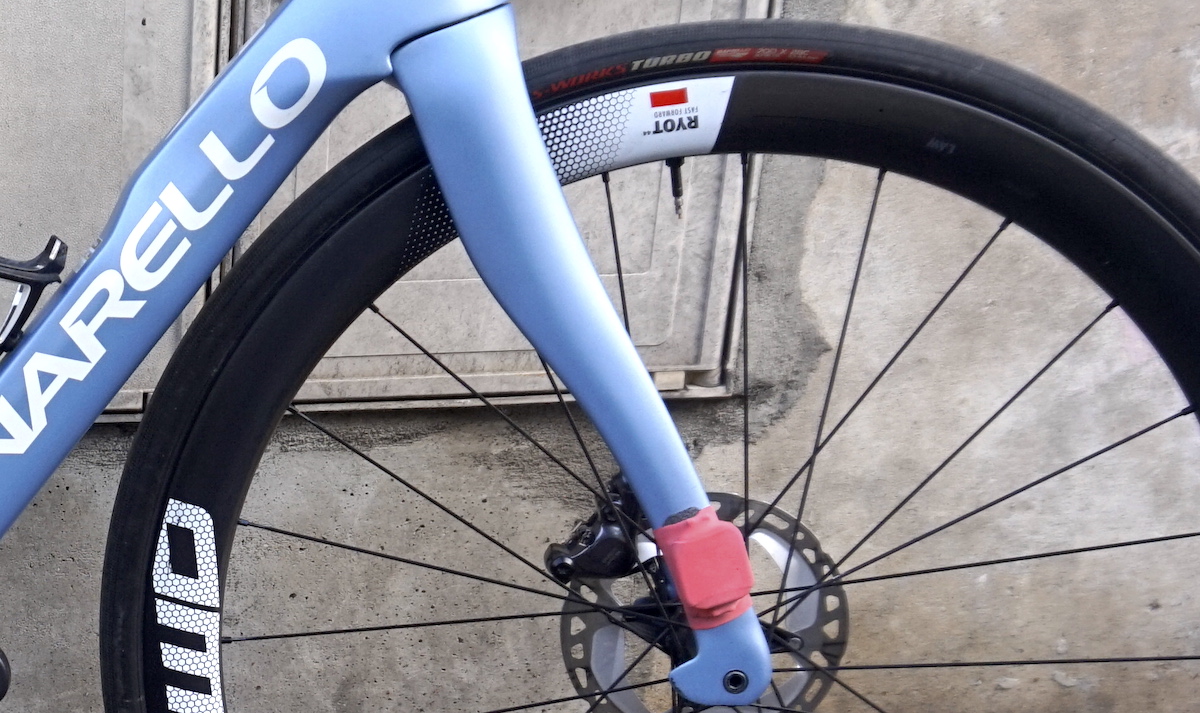
St Michel: Michelin Power Competition tubeless - 28mm
Any punctures: Unknown
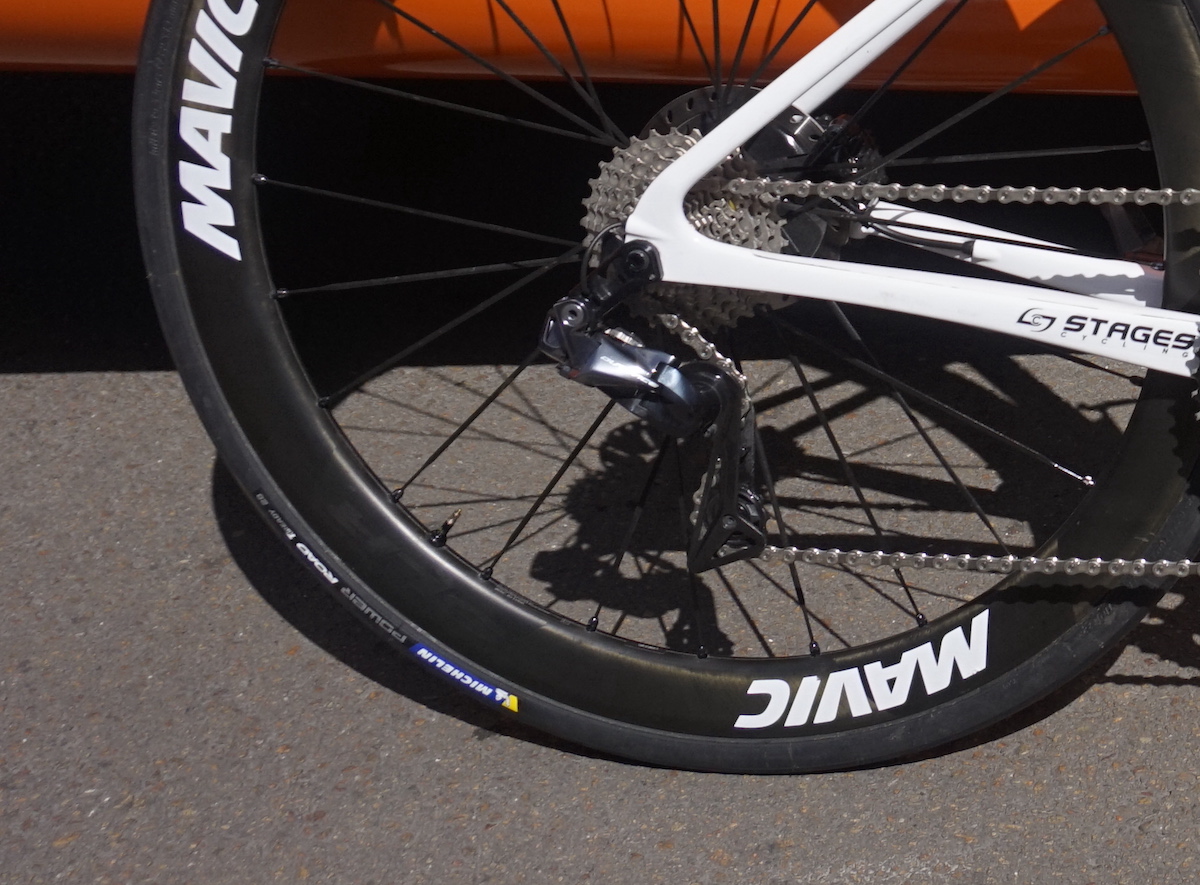
Jumbo-Visma: Victoria Corsa Graphine - 28mm tubeless
Any punctures: Unknown
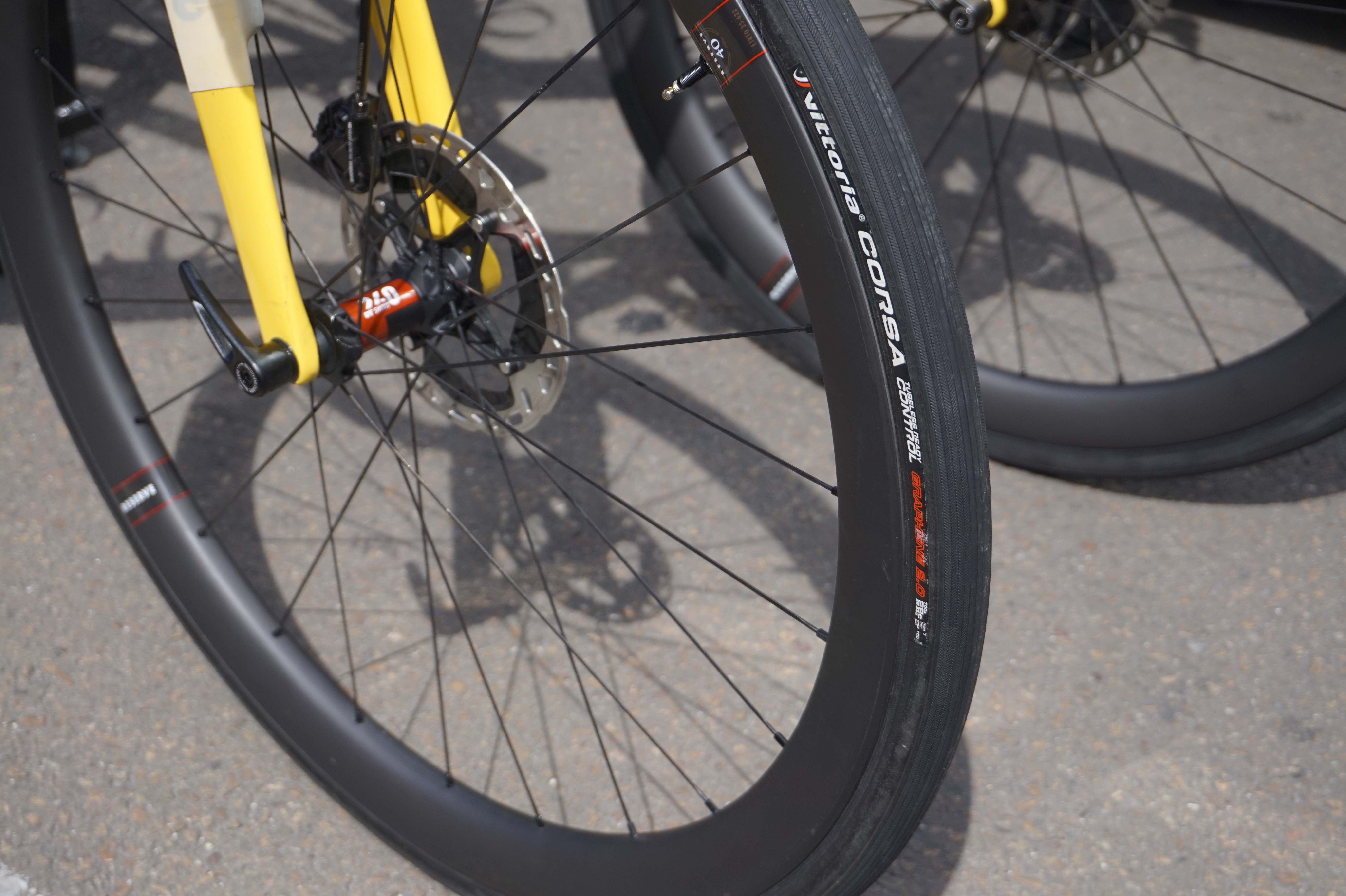
Cofidis Women Team: Michelin Power Cup Tubulars - 28mm
Any punctures: Unknown
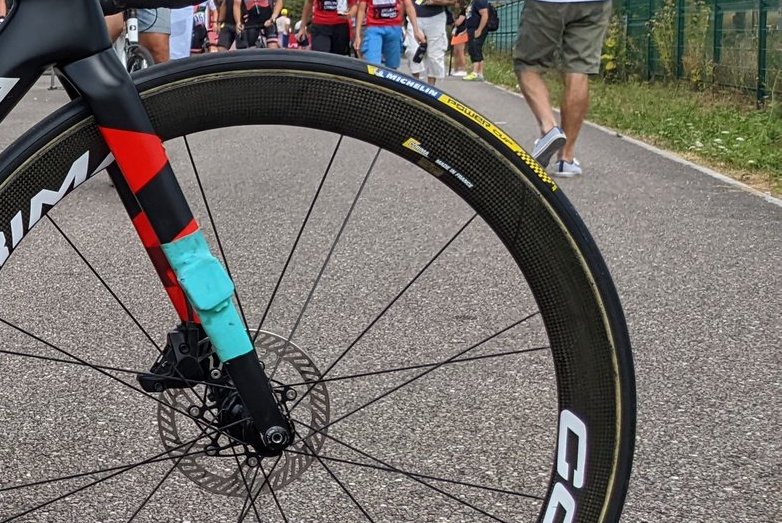
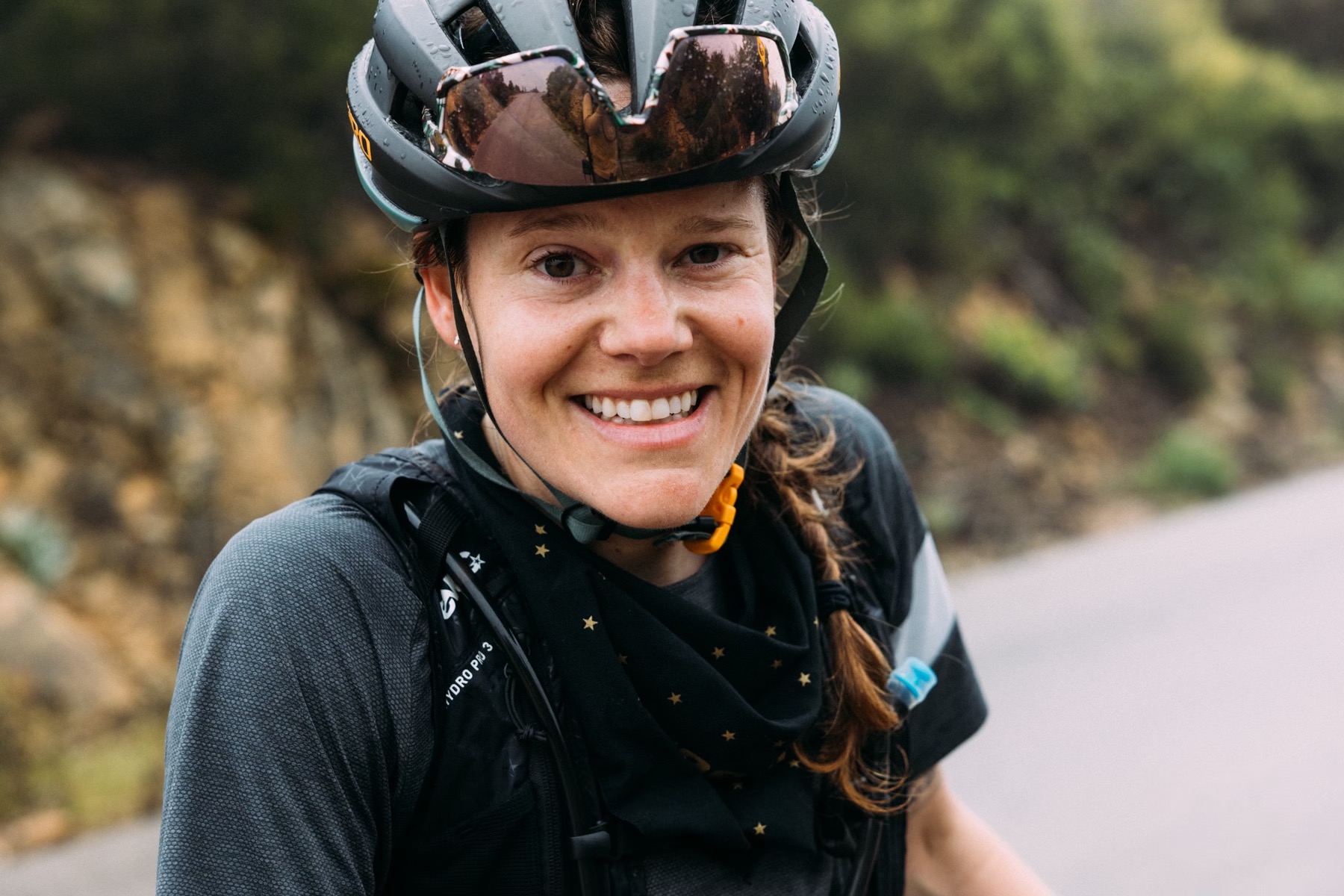
Cycling Weekly's North American Editor, Anne-Marije Rook is old school. She holds a degree in journalism and started out as a newspaper reporter — in print! She can even be seen bringing a pen and notepad to the press conference.
Originally from the Netherlands, she grew up a bike commuter and didn't find bike racing until her early twenties when living in Seattle, Washington. Strengthened by the many miles spent darting around Seattle's hilly streets on a steel single speed, Rook's progression in the sport was a quick one. As she competed at the elite level, her journalism career followed, and soon, she became a full-time cycling journalist. She's now been a journalist for two decades, including 12 years in cycling.